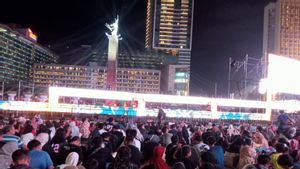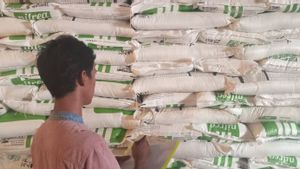YOGYAKARTA Tax rates are rates that form the basis for tax revenue for tax objects that are the responsibility of taxpayers. Various different tax rates and the amount is in the form of percentages that have been determined by the previous government.
The tax rate is distinguished by four types structurally. Each has different provisions. For more details, see the following explanation.
A progressive rate is a tax rate whose percentage is adjusted to the basic amount of tax imposition. This means that tax percentage taxes will increase comparable to the basis for tax imposition. The progressive tariff in force in Indonesia is applied to income tax (PPH) for private taxpayers. The latest progressive tariff percentage is as follows regarding Law Number 7 of 2021 concerning Harmonization of Tax Regulations (UU HPP)
For example, you have an income of IDR 3 million per month. Then you will be taxed at 5 percent. Taxes will increase even more when your income reaches IDR 500 million, then the tax that will be charged to you is 25 percent.
The rate of regressiveness is the tariff collected with the number of percentages getting smaller when the tax imposition increases. In other words, the rate of regressiveness is the opposite of the progressive rate.
The tax percentage to be withdrawn is getting smaller or lower when income is getting bigger. In Indonesia, this tariff has never been practiced. An example of a aggressive tariff is income. If your income is Rp. 10 million, the tax imposed is 30 percent. However, if your income is Rp. 50 million, the regressive tax imposed is 20 percent.
There are three kinds of regressive tariffs, namely regressive-degressive tariffs, regressive-fixed rates, and regressive-progressive rates.
Unlike the previous two types of taxes, proportional rates are tax rates whose percentage does not change or is not affected by the imposition of taxes. No matter how large the number of tax objects, the percentage will remain or flat.
Examples of proportional tax rates are in land and building taxes (PBB). The highest set tariff is 0.5 percent, regardless of how much the PBB tax object is charged.
The regressive tax rate is commonly known as a fixed tax rate. This tariff is fixed and does not calculate the amount that is the basis for tax imposition. This tariff can also be understood as the same tariff that is always regulated in accordance with Government regulations. Examples of regression rates are stamp duty with a nominal value of Rp. 3,000 and Rp. 6,000. However, starting in 2021, the value of customs applies to electronics with a value of Rp. 10,000.
It should be noted that not all people become taxpayers. The government itself stipulates three categories of tax-free people, namely MSMEs with turnover income below Rp500 million per year, single income below Rp4.5 million per month, and employees with an income of Rp5 million have 1 child.
That's information related to various tax rates. To get other interesting information, visit VOI.ID.
The English, Chinese, Japanese, Arabic, and French versions are automatically generated by the AI. So there may still be inaccuracies in translating, please always see Indonesian as our main language. (system supported by DigitalSiber.id)










